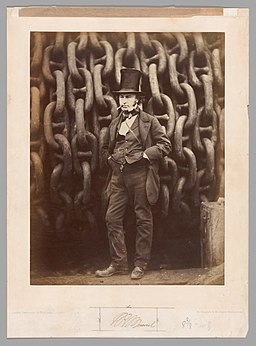Built as a gentleman’s residence in 1838, it is the earliest Italian style villa to have been built on Warberry Hill named after a famous residential area overlooking the Bay of Naples. The original name ‘Vomero’ was changed in the early 1900’s to ‘Mount Charles’ then later to ‘Kathleen Court’ until its original name was given back to the house in the 1990’s.
Its architecture is in the Italian style with imposing Doric columns at the garden entrance and a balustrade balcony on the first floor. Stained glass windows and a wide staircase create a grand atmosphere in the entrance hall.

Vomero is a Grade II listed building as is the first floor stained glass window and the entrance gate and piers.
Vomero has been occupied by a number of famous guests, including Isambard Kingdom Brunel, who stayed here with his family in 1848. On 22nd September 2009 the Torbay Civic Society recognised this by awarding Vomero a Blue Plaque, symbolising historical significance. The plaque can be found on the main driveway wall of Vomero.
Brunel was famous as the engineer who built numerous bridges and viaducts in Devon and Cornwall, the Penzance to Paddington railway (Great Western Railway), the SS Great Britain and the Brunel Viaduct at Broadsands, Paignton.
The Ethiopian Emperor Haile Selassie of Ethiopia and his family occupied the property for a short while during his five year exile from Ethiopia when Mussolini invaded his country during the 1939-45 war.



